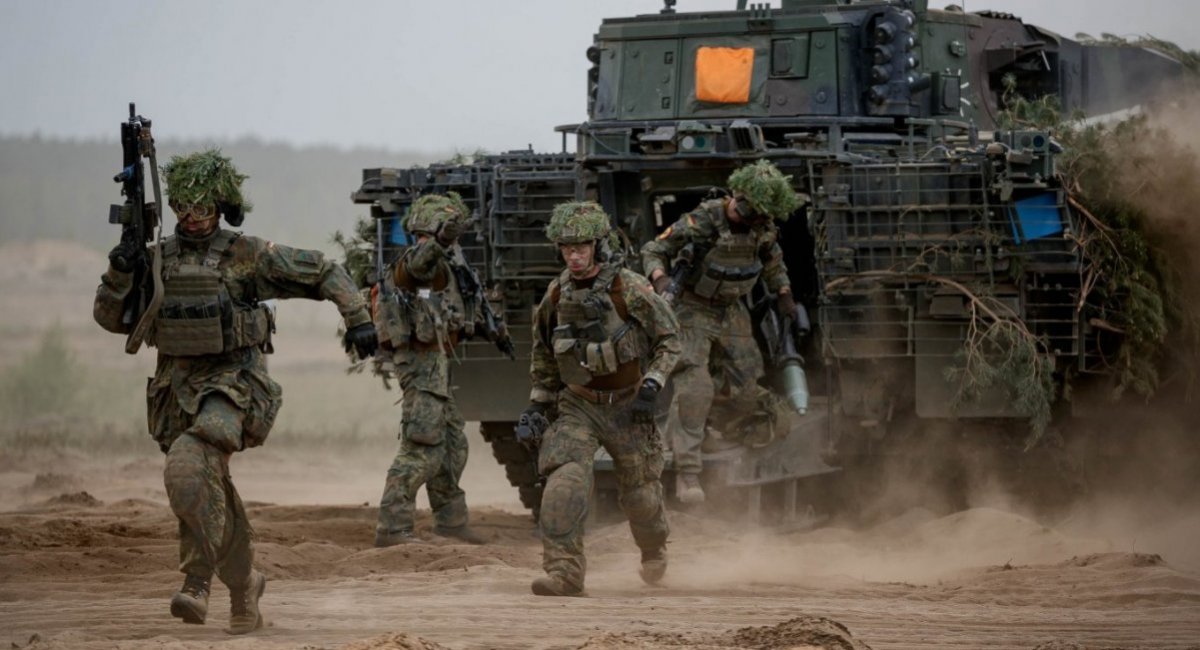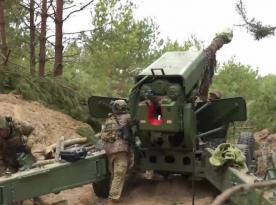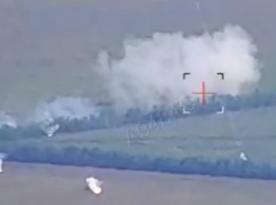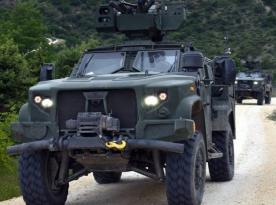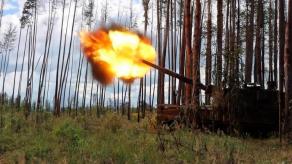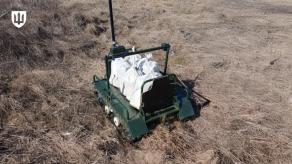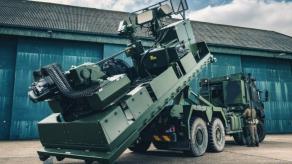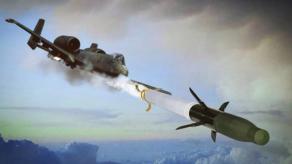The election of Donald Trump as U.S. president has presented a serious challenge for Europeans. Recently, at the Ramstein meeting, the newly appointed U.S. Secretary of Defense, Pete Hetget, outlined the future of global security. At that time, we reported that the U.S. had officially announced the collapse of Europe's security framework.
A crucial issue in this context is how Europe would defend itself without U.S. support and what resources would be required. This topic is analyzed in a report by Bruegel in collaboration with the Kiel Institute for the World Economy.
Read more: If Ramstein 25 Might Be the Last, What Agreements Were Reached
First and foremost, the researchers present a clear yet essential conclusion: "Europe must be capable of defending itself against russia, with or without the United States." Based on this premise, they analyzed the weaponry and manpower that European armies would need if the U.S. were to withdraw its forces from Europe.
Another critical point follows: the most urgent task for Europe today is to continue supporting Ukraine because "experienced Ukrainian troops are currently the most effective deterrent against a russian attack on the EU."
Previously, we reported that if the U.S. ceases its aid to Ukraine, Europe would need to allocate up to $350 billion to compensate for the loss of military assistance.
NATO Estimates That russia Could Attack Europe Within 3 to 10 Years
One of the key warning signs in this context is the upcoming joint russian-belarusian Zapad military exercise, scheduled for this summer. This drill aims to demonstrate whether russia's military leadership can conduct large-scale exercises while engaged in an ongoing war.
According to assessments by the RAND Corporation, under existing agreements, if russia attacks Europe, the U.S. would deploy 200,000 additional troops to the region, increasing the total number of American forces in Europe to 300,000 (considering that 100,000 are already stationed there). Therefore, when evaluating Europe's defense needs without U.S. involvement, analysts estimate that 50 brigades would be required.
This assessment is not new and has been publicly discussed in various contexts. For instance, in the fall of last year, NATO documents revealed a shortage of 49 brigades. Earlier estimates suggested a broader range, generally between 30 and 50 brigades.
However, the issue is not just about personnel but also about weaponry and military equipment. The analysis states that to "prevent a rapid russian breakthrough" in the Baltic region, Europe would need at least:
- 1,400 tanks
- 2,000 infantry fighting vehicles
- 700 artillery systems and multiple launch rocket systems (MLRS)
These numbers exceed the combined total currently available in Germany, France, Italy, and the United Kingdom.
Additionally, ammunition stockpiles are critical—at least 1 million 155mm shells would be required for a 90-day supply.
Beyond artillery, drone capabilities are also essential. The estimated need for long-range drones is 2,000 per year, though this figure may be underestimated. Furthermore, air and transport capabilities will play a vital role in Europe's defense strategy.
Read more: Can Europe Replace the U.S. in Supplying Weapons to Ukraine?




